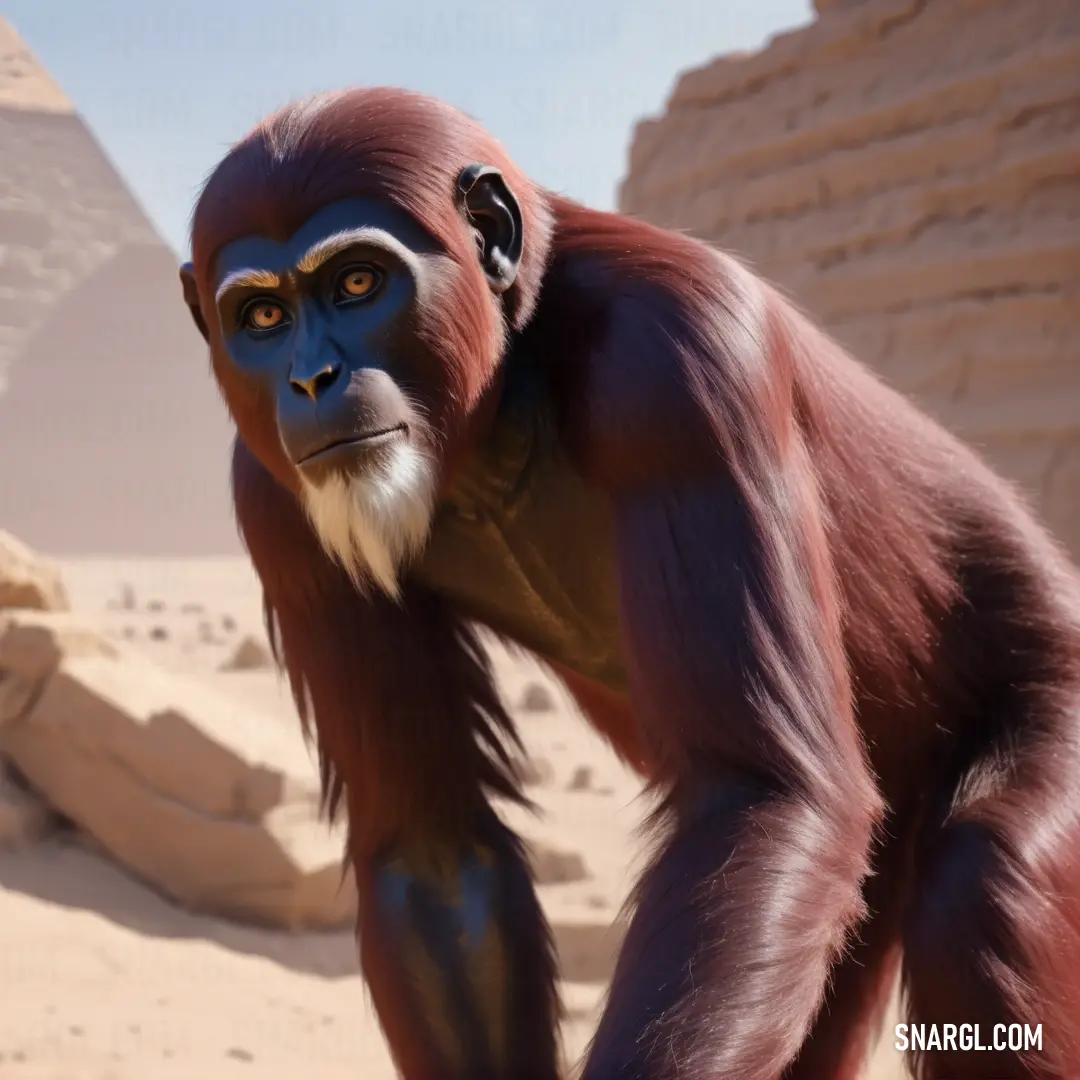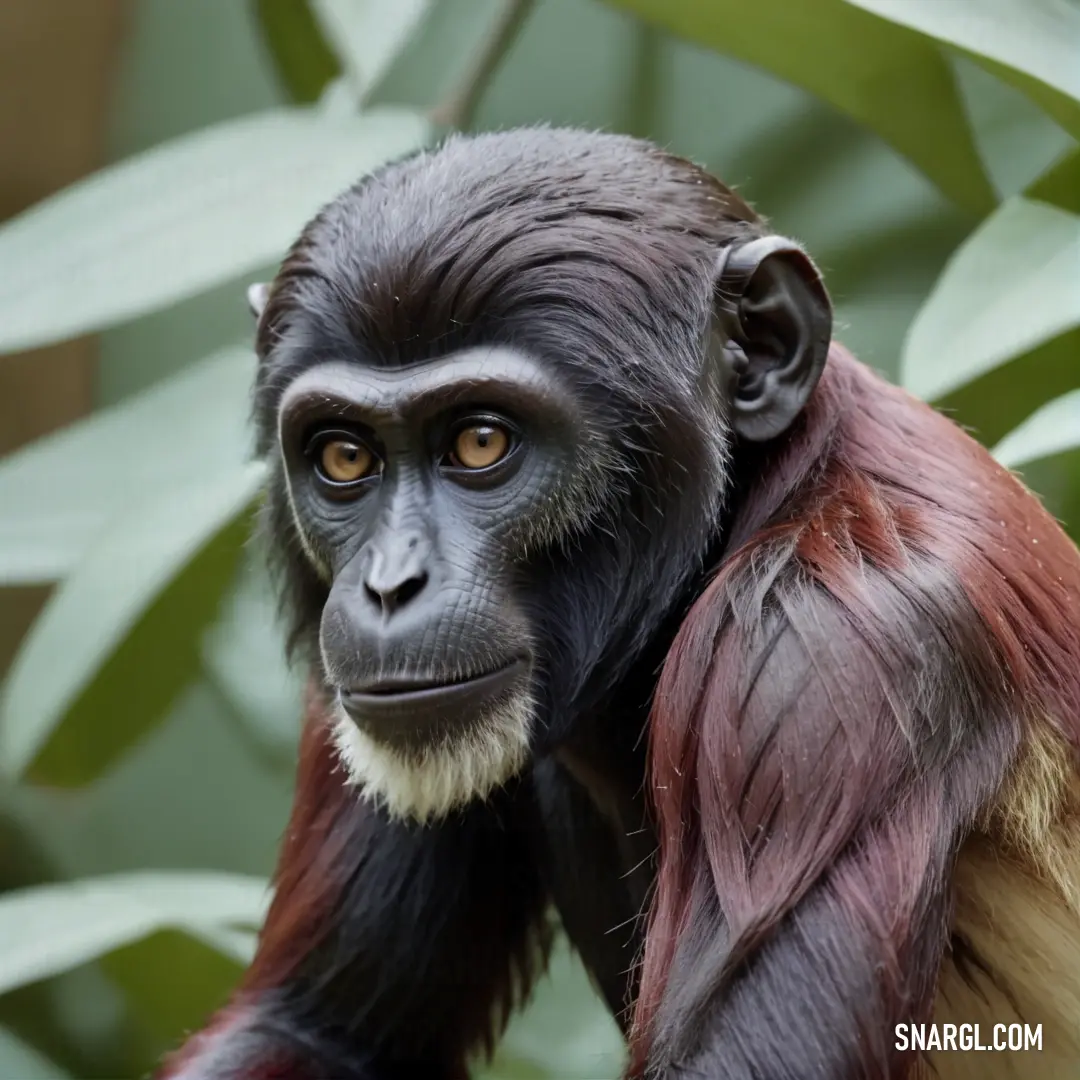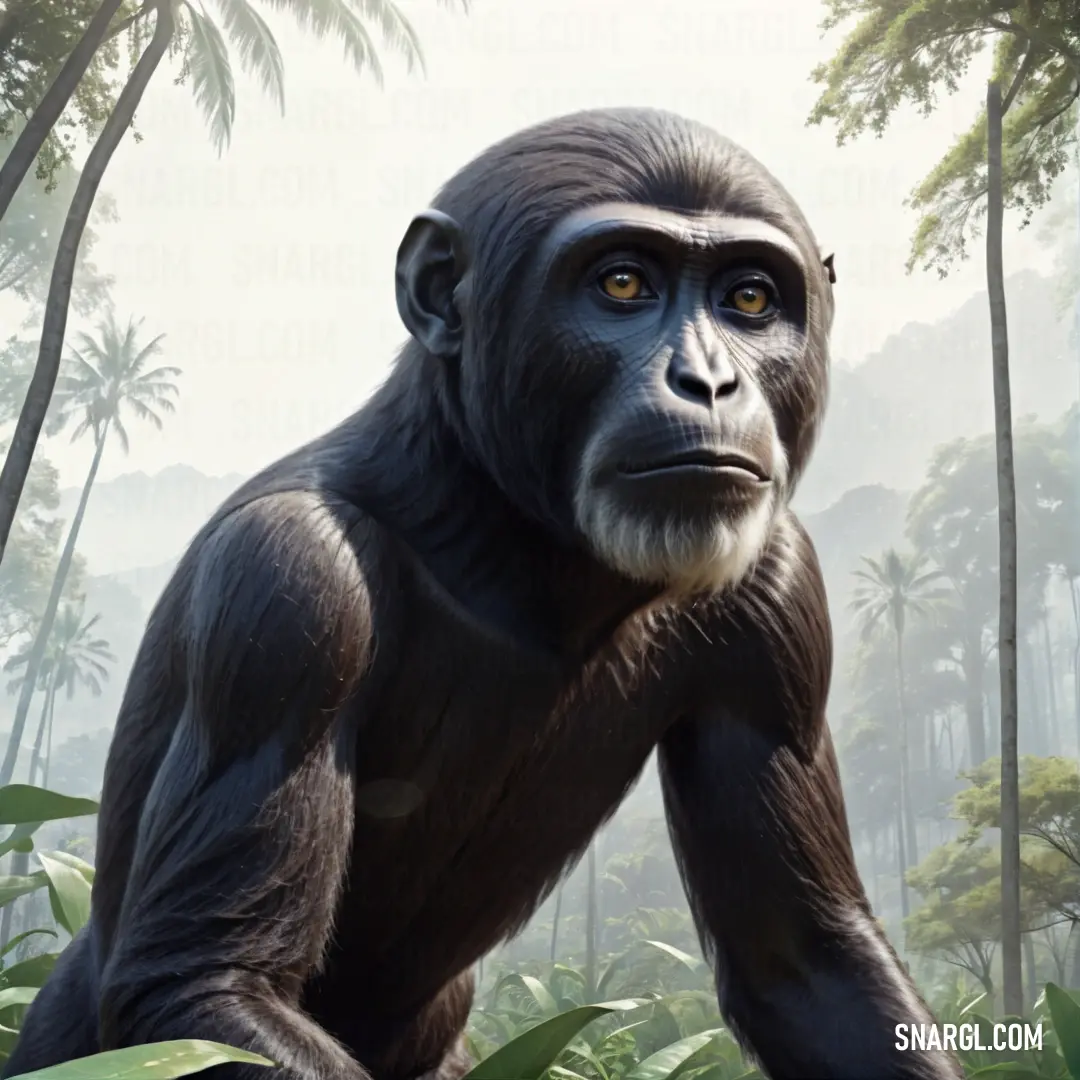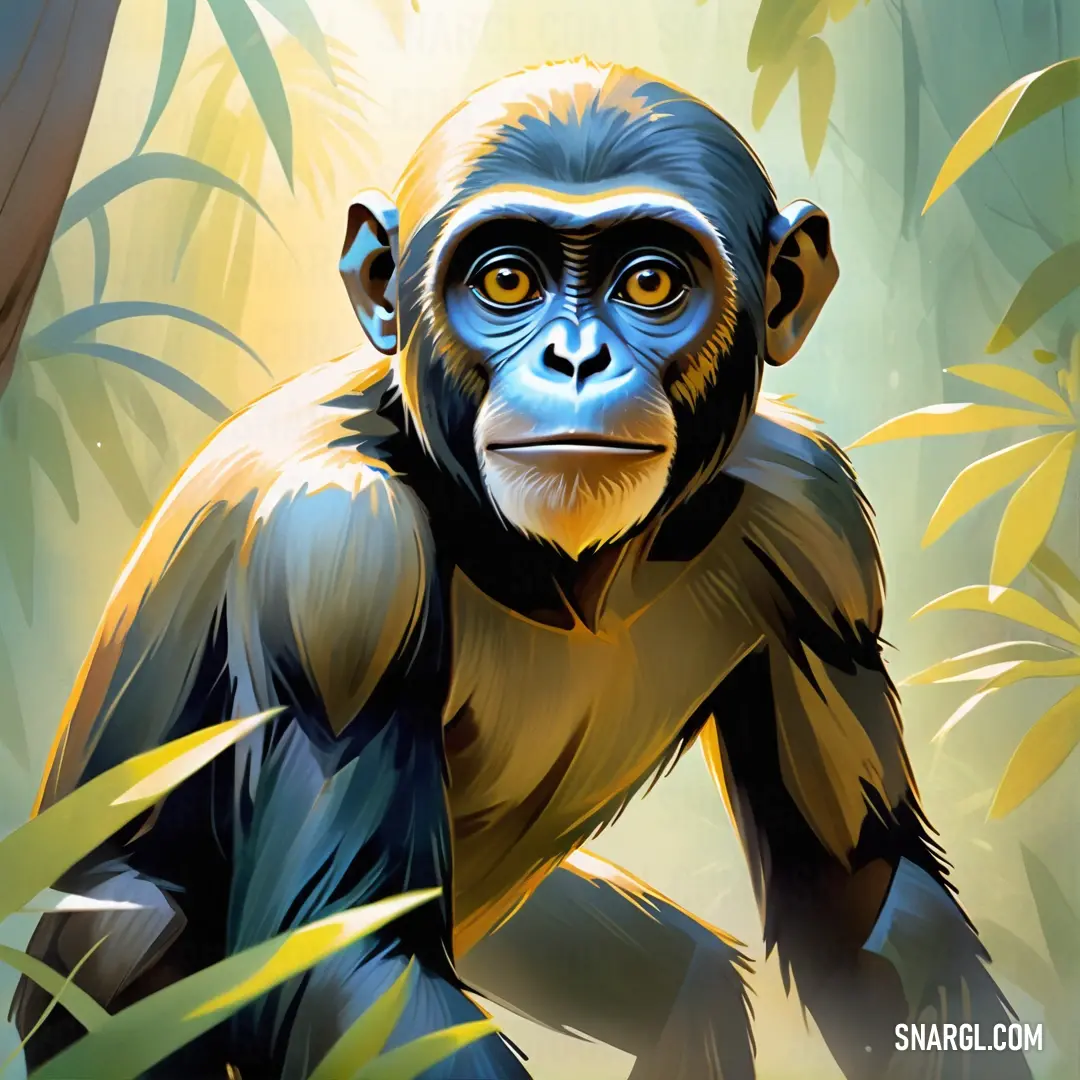In a far away place, in the ancient land of Nile, where the desert met the lush oases, there was a curious myth about a magical sand bath. This was no ordinary bath; it was said to bestow joy and eternal youth upon those who found it. Only once every century, when the stars aligned with the golden sun, did the Sand Bath reveal itself. Our tale begins with Pippa, a cheerful pet groomer, and her lively companion, Scout, an Egyptopithecus with a heart as radiant as the desert sun.
Pippa had been Scout's groomer since the day he was born. He was a creature of elegance with a golden fur that shimmered in the sunlight. Pippa and Scout were inseparable, their bond as unbreakable as the Nile's ancient waters. One evening, as they walked along the edge of the desert, the ground trembled with a strange, rhythmic pulse. Scout's eyes sparkled with excitement; he had heard tales of the Sand Bath from the desert winds and was eager to discover its magic.
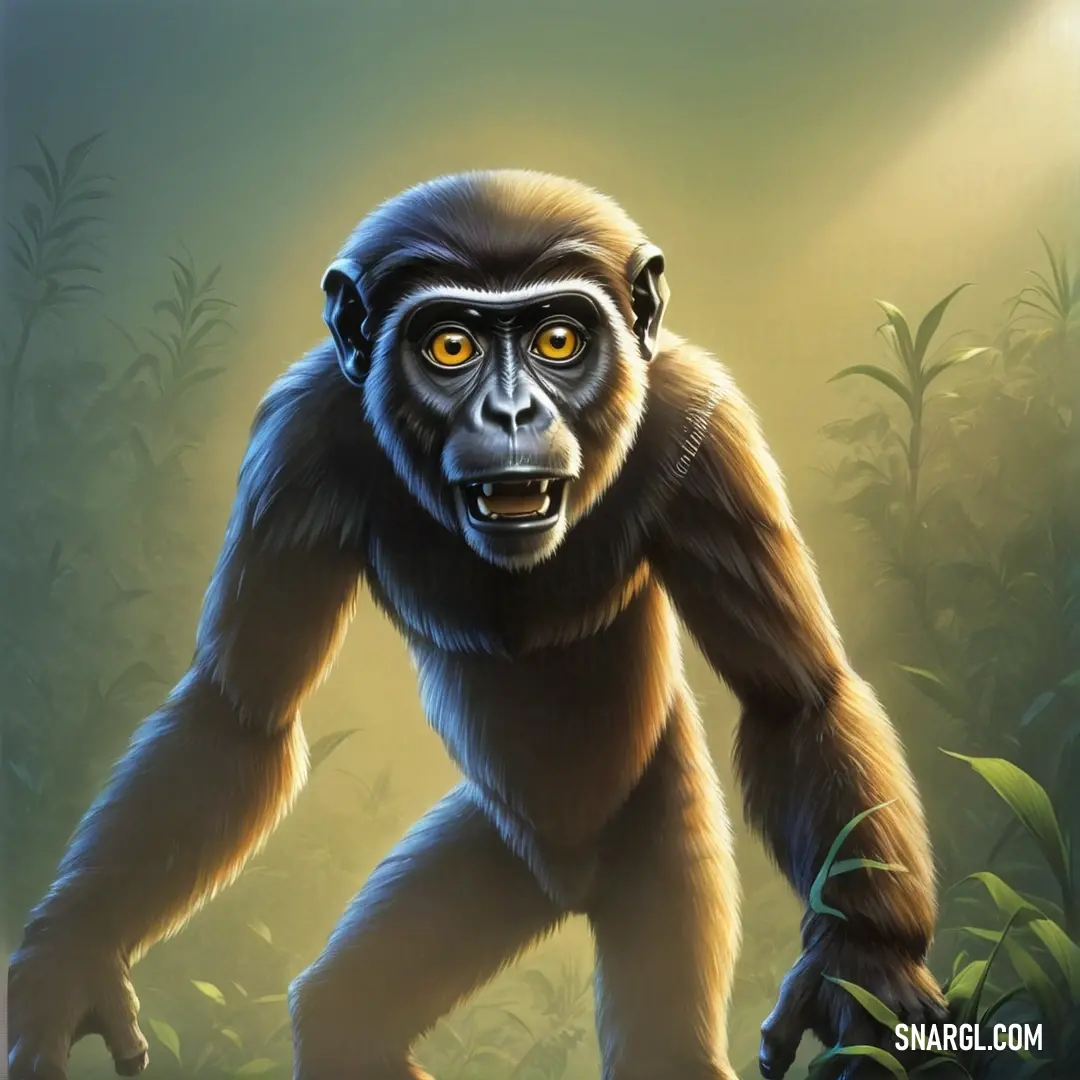
With piercing yellow eyes, this Egyptopithecus stands in the jungle’s shadows, its face bathed in a mystical beam of light.
Pippa, though skeptical, was intrigued. They followed the pulsing tremor to a secret cave, its entrance guarded by two statues of ancient gods. The cave was lined with hieroglyphics that spoke of a magical sand, blessed by the spirits of the desert. The myth said that the bath was hidden in the sands, revealed only when the desert itself was pleased.
"Scout," Pippa said, brushing a strand of hair from his cheek, "let's solve this mystery together."
Scout chattered in agreement, his joy palpable. As they ventured deeper into the cave, the air grew warmer and the sands beneath their feet sparkled with a golden glow. At the heart of the cave, they found an ancient altar with a single, golden sand-filled bowl. Next to it was a riddle inscribed in hieroglyphs:
To find the bath of endless cheer,
Speak the truth you hold dear.
Dance with joy and laugh with glee,
The sand will reveal what you wish to see.
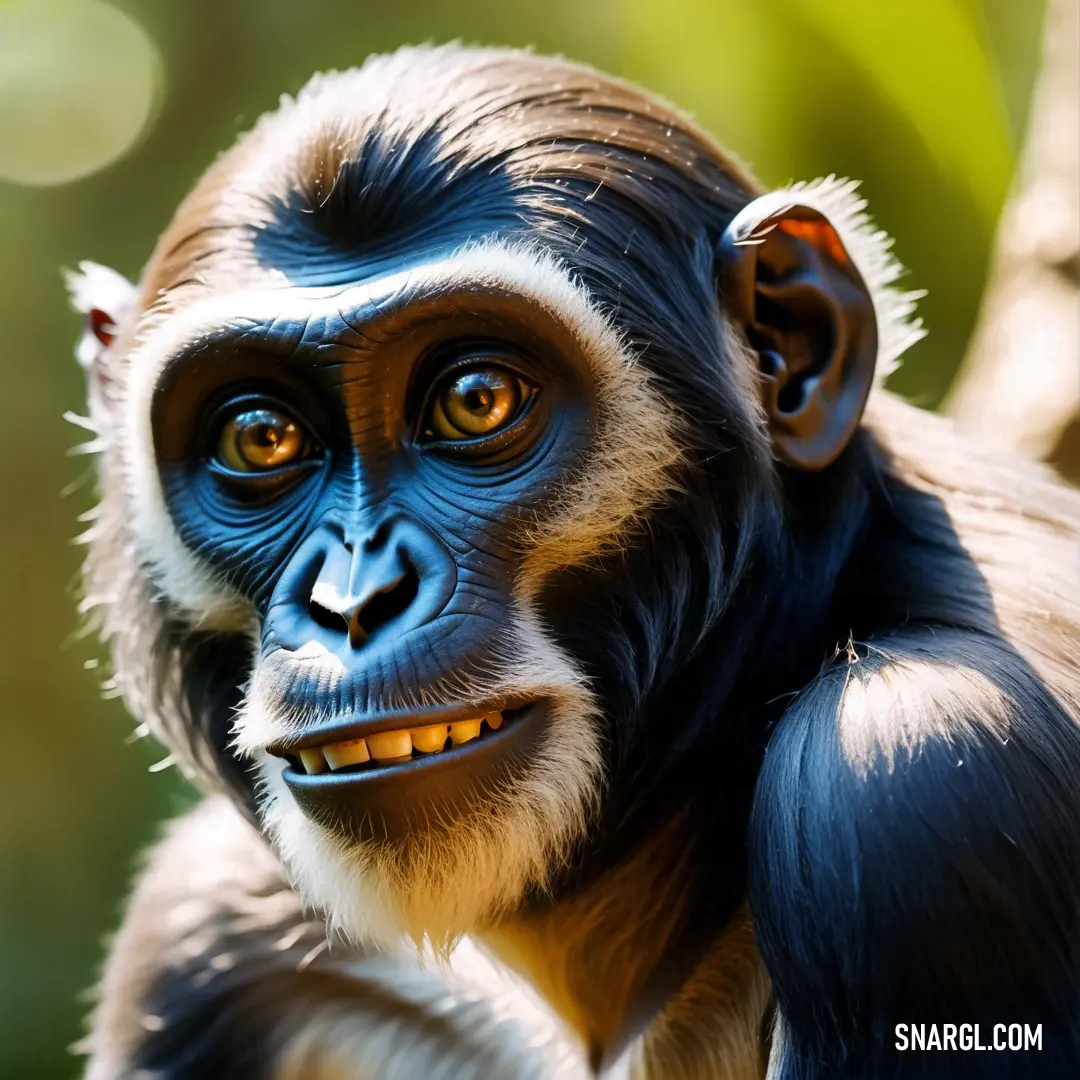
This vibrant monkey, with its captivating blue face and brown body, blends beautifully with the lush, green environment, showcasing the wild wonders of nature.
Pippa and Scout looked at each other, understanding the task. Pippa began to dance, her steps light and graceful, while Scout pranced around her, his movements mirroring her own. They sang and laughed, their joy echoing through the cave.
As they danced and sang, the sand in the bowl began to shimmer and swirl. The cave walls lit up with a warm, golden glow. Suddenly, the sand parted, revealing a hidden chamber filled with the legendary Sand Bath. It was a shimmering pool of golden sand that seemed to flow like liquid sunlight.
Scout leaped into the pool, rolling around with pure delight. The magic of the bath transformed him, his fur glowing even more brightly, his eyes twinkling with even greater joy. Pippa watched with a smile, her heart warmed by the sight.
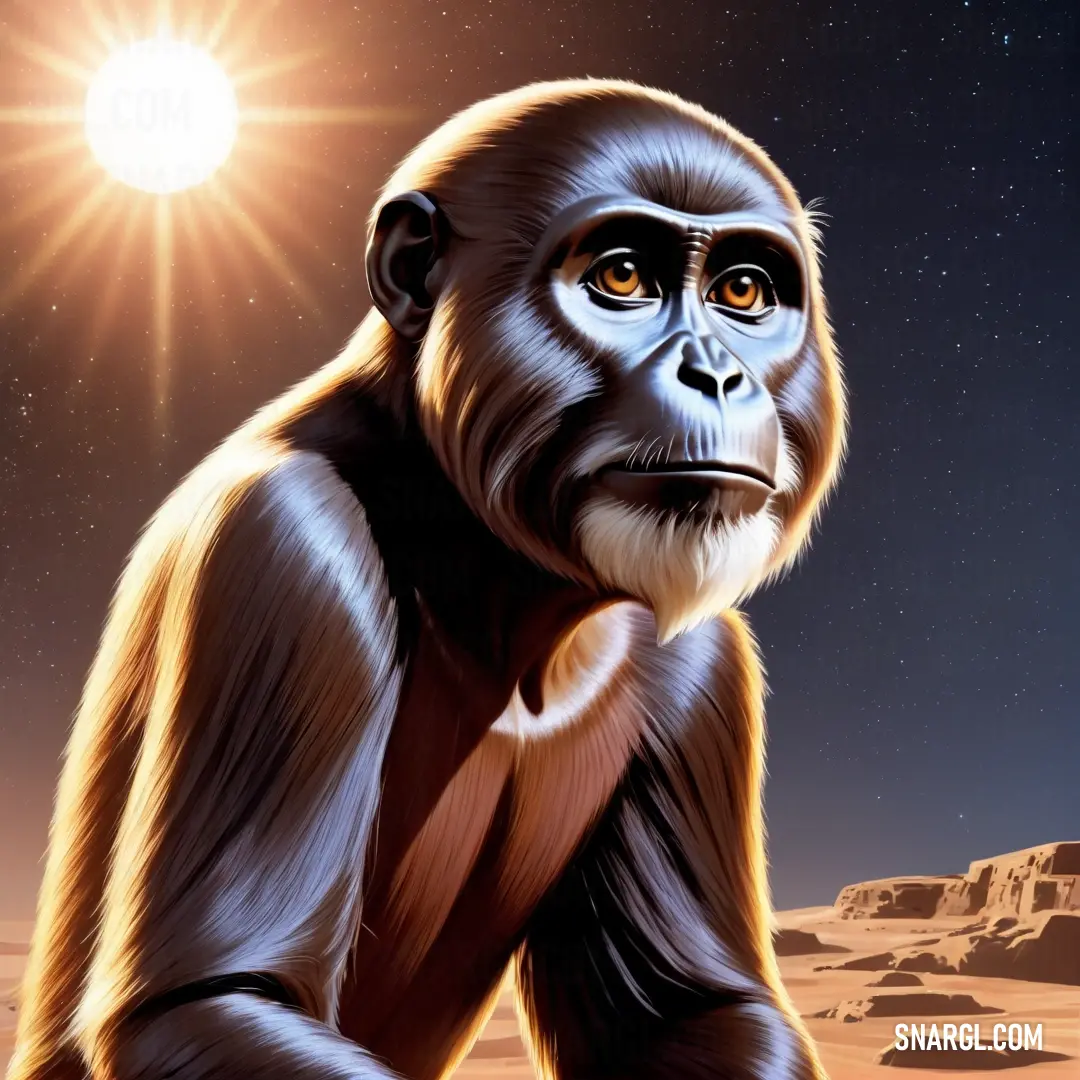
The monkey sits still on the rock, gazing across the vast desert as the sun sinks low, casting a warm glow over the rugged landscape.
When Scout emerged, he looked as radiant as a desert sunrise. Pippa took a small handful of the golden sand, knowing that it would bring happiness and vitality to all who touched it. They returned to their home, the magic of the Sand Bath now a part of their lives.
From that day on, Pippa and Scout continued their adventures, sharing the magic of the Sand Bath with the creatures of the Nile. The tale of their joy and discovery became legend, a reminder that true happiness and youthful spirit are found in the simplest of pleasures, like dancing in the golden sands with a friend.
And so, the myth of the Sand Serpent's Blessing lived on, a story of joy, discovery, and the magical bond between a pet groomer and her extraordinary Egyptopithecus.

